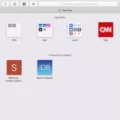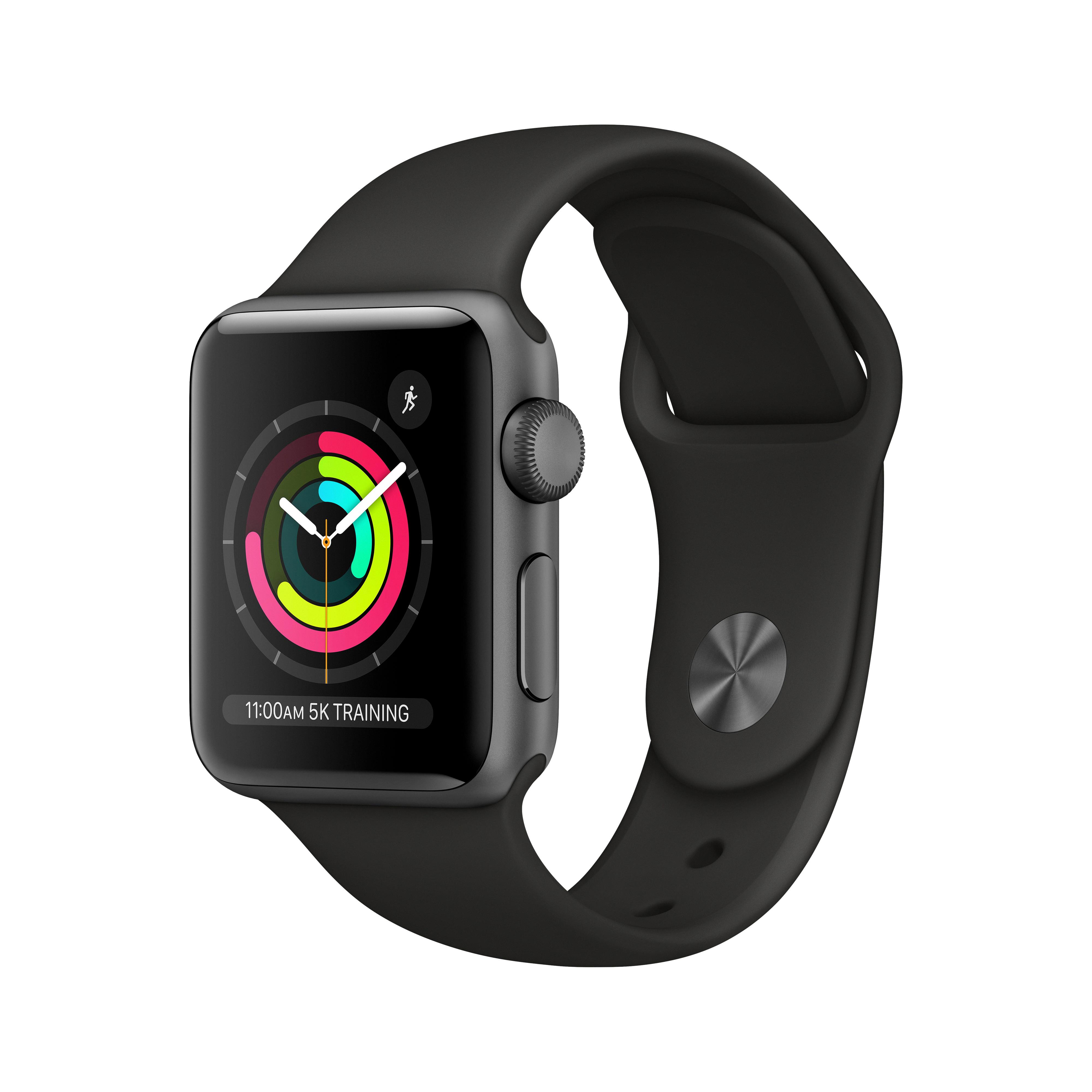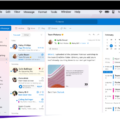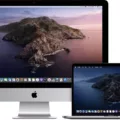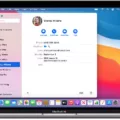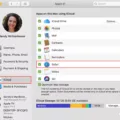If you’ve ever felt like your MacBook was running a bit slow or that you were running out of storage space, tere are a few simple steps you can take to free up space and keep your computer running smoothly.
The first thig to do is to check and see exactly how much space you have left on your MacBook. To do this, click the Apple icon in the top left corner of the screen, then select “About This Mac.” Here you will be able to see how much storage is available on your machine.
Another great way to free up some extra space is by deleting unwanted or unused applications from your machine. To do this, launch the Finder window by selecting it from the Dock at the bottom of your screen. Select “Applications” from the sidebar on the left and then go through each application one by one. If there are any apps that you do not use regularly, right-click on them and select “Move to Trash”
You should also conider storing some of your photos, music, and other files in an external hard drive or cloud storage system such as iCloud or Dropbox. This will help free up additional space on your hard drive as well as make it easier to access these files when needed.
Finally, make sure that you empty out your Trash regularly as this can also free up additional disk space on your machine. To empty out the Trash folder, simply right-click on it and select “Empty Trash” from the drop-down menu.
By taking these simple steps, you can keep your MacBook running smoothly and be sure that you have plenty of storage space availale for all of your important files and applications!
Freeing Up Unused Space on a Mac
To free up unused space on your Mac, there are a few steps you can take. First, empty your Trash bin. This will delete any files you have put in the trash that have not yet been permanently deleted.
Second, check for large or unnecessary files on your computer. You can do this by opening Finder and clicking “All My Files” from the left side menu to show all documents and folders on your Mac. Once open, sort files by size by clicking the “Size” option at the top of the window to view whih files are taking up the most space on your hard drive. You can then select and delete any unwanted or unneeded files.
Third, uninstall any apps or programs that are no longer needed or used – this will free up additional disk space. To do this, you can open Launchpad and drag any apps you want to remove off of the screen onto the desktop. The apps will be automatically uninstalled from your system.
Finally, if you still need more storage space you can use Disk Utility to erase any existing data stored in unused sectors on your hard drive. To do this, launch Disk Utility (found within /Applications/Utilities/ or through Launchpad), connect the hard drive if it’s an external disk and then select it from the left side menu before choosing the “Erase” tab and selecting “Erase Free Space”.
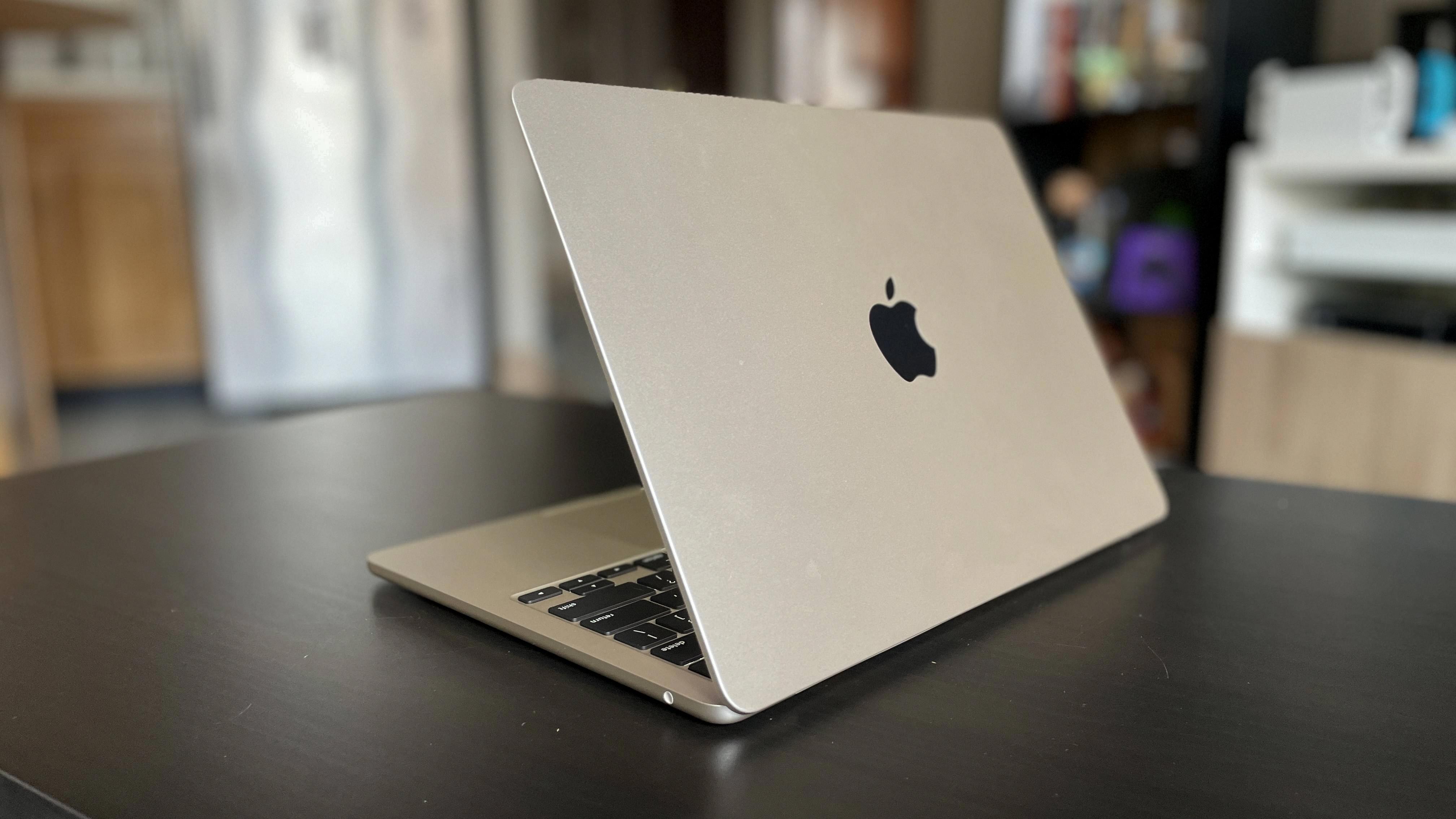
Source: cnn.com
Cleaning Up Mac Storage Quickly
Cleaning up your Mac storage quickly is a simple process that can be done with a few easy steps.
First, remove any unnecessary applications that you may have installed. Unused apps can take up a large amount of memory and slow down the performance of your Mac. To uninstall an app, open the application folder and drag the program to the Trash.
Second, delete any large files or folders that are taking up space. You can easily check how much space each file or folder is usng by right clicking on it and selecting “Get Info” from the menu that appears. Once you have identified any files or folders taking up large amounts of memory, you can delete them by dragging them to the Trash.
Third, empty your Downloads folder regularly as it tends to accumulate a lot of unnecessary files over time. You can find this folder in your Dock or uner Finder > Documents > Downloads. Drag any unwanted items to the Trash and empty it when you’re done.
Fourth, remove any browser extensions or plugins that you no longer need. These can often take up a lot of memory and impact system performance if they are left running unnecessarily in the background. To remove an extension, open your web browser’s settings page and look for an option to manage extensions or plugins. Delete any unused ones from there.
Finally, run Apple’s built-in Disk Cleanup utility by gong to Applications > Utilities > Disk Utility and clicking on “Clean Up.” This will free up more space on your Mac by removing temporary files, log files, caches, etc., which may have been accumulating over time but are no longer needed by your system.
By following these steps regularly, you will be able to keep your Mac running smoothly and quickly without having to worry about storage issues!
What Uses Up Storage Space on My Mac?
Most of the space on your Mac is taken up by your files and documents. This includes photos, videos, music, downloads, applications, and any other data that you store on your computer. Additionally, some applications take up a lot of space with their cache files. These are temporary files that help speed up the performance of programs you use frequently. Your operating system also takes up a significant amount of space as well. Finally, if you are usig a Mac with an SSD drive, it may be partitioned into two drives – one for the operating system and another for user data.
Understanding Why Mac Storage Is Full
Your Mac storage is full because your hard disk is either too small or you have too many large files stored on it. This could be old images, videos, music, and other files that you no longer need. Additionally, applications that you rarely use may also be taking up a lot of space on your computer. Another thing to consider is the amount of System files; these are necessry for the functioning of your Mac but can take up a significant amount of space. Finally, if you have enabled iCloud backups, this can also contribute to the lack of free storage on your Mac.
Deleting Files on a Full Mac Disk
If your Mac’s disk is full, it’s important to delete some files in order to free up storage space. The frst step is to open the Apple menu and select About This Mac, then click Storage and Manage. From here, you can view the categories of files that are taking up space on your Mac, such as Applications, Music, TV, Messages, and Books. You can delete individual files by selecting them and clicking the Delete button. Additionally, you can use Optimize Storage to remove old or large iTunes movies or TV shows, optimize photos and mail attachments for storage in iCloud, and empty the Trash Automatically. Finally, if you want to regain even more disk space quickly and easily, you can compress your existing files with file compression software like StuffIt Deluxe.
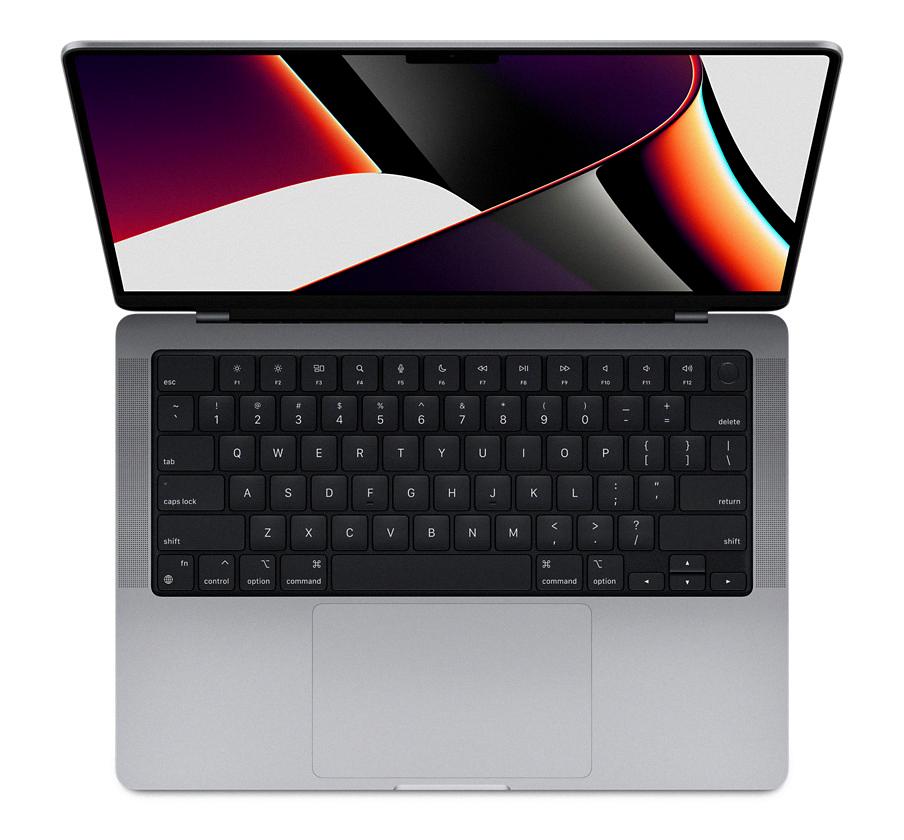
Source: apple.com
Clearing Up Disk Space
Clearing up disk space is an important task for making sure your computer runs smoothly and efficiently. To do this, you should start by uninstalling any unnecessary applications or programs that you no longer need. You can also clean up your desktop by organizing and deleting files you don’t need. If you have large files or videos taking up a lot of space, conider compressing them to free up room. The Windows Disk Cleanup tool is also great for quickly finding and removing temporary files that are cluttering space on your hard drive. Additionally, if downloads are taking up too much space, try moving them to the cloud or an external hard drive. Finally, make sure to regularly check and delete any cached browser data that may be hogging disk space.
Conclusion
The MacBook is a powerful, stylish laptop from Apple. It is lightweight and portable, yet offers excellent performance with its powerful processor, extensive storage capacity, and long battery life. It also has an attractive design and a high-resolution Retina display for superior image quality. The macOS operating system gives you access to all the great features of iOS devices as well as compatibility with external peripherals and other popular software. With its combination of power, style, and affordability, the MacBook is an excellent choice for both work and play.

